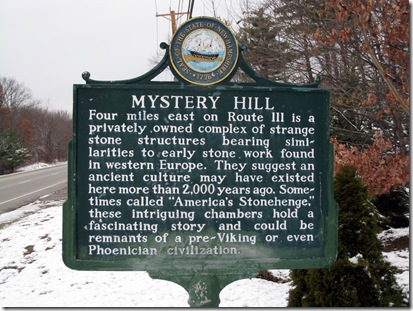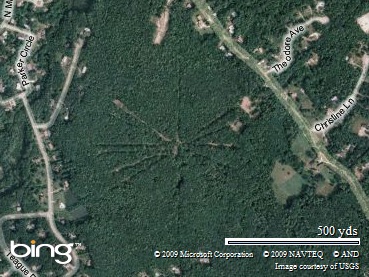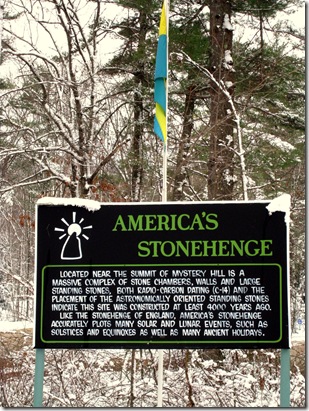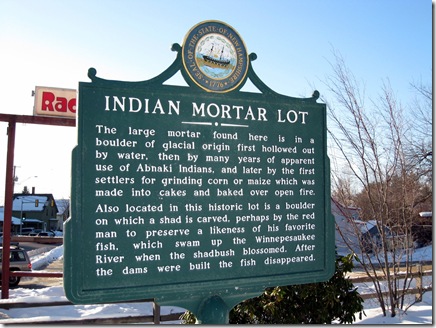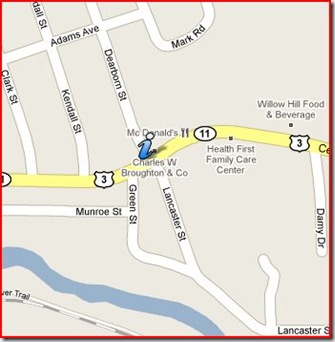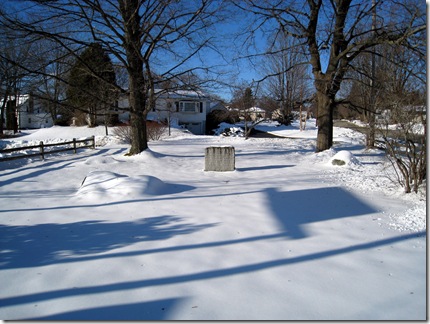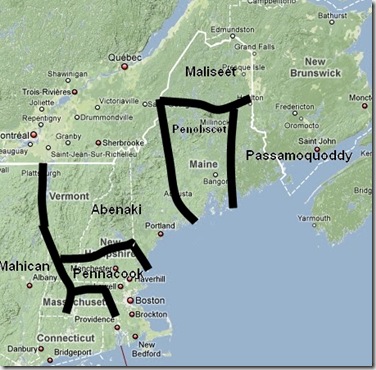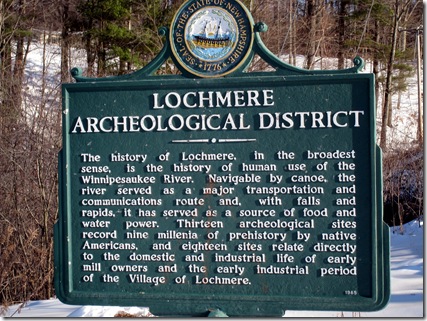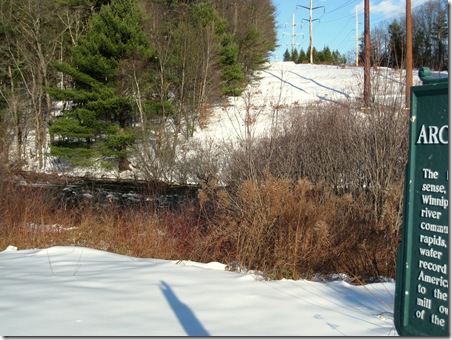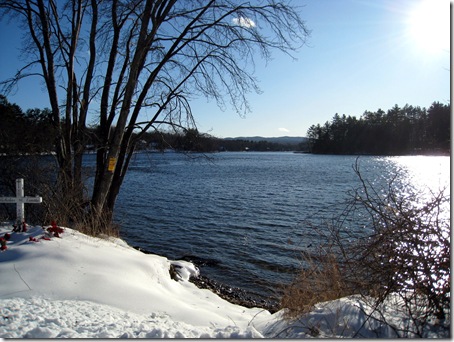Marker Text:
Four miles east on Route 111 is a privately owned complex of strange stone structures bearing similarities to early stone work found in western Europe. They suggest an ancient culture may have existed here more than 2,000 years ago. Sometimes called "America’s Stonehenge", these intriguing chambers hold a fascinating story and could be remnants of a pre-Viking or even Phoenician civilization.
This Marker was erected in 1970 in Salem, NH. It’s on the east side of NH 28, about .7 mile south of its junction with NH 111, and 2 miles north of its junction with NH 97.
Ok, where to start with this one. History or Hoax? First, I listed this Marker next because the text says “pre-Viking or even Phonician!” Did the people that petitioned for this Marker or the people that approved it even know who the Phoenicians were? It’s almost Halloween, so lets put this Marker in the Category “Trick or Treat?”
Here’s a Satellite map of the Site.
Pretty impressive. From the eye in the sky, it looks like it could be something ancient. But once we start digging into the History of the place, the questions start to build. Here’s a topographic map (click the MyTopo button on the map) of Mystery Hill. So we know it is indeed a Hill, and the image above shows stuff radiating out from the top of it.
Our Next stop, is the America’s Stonehenge web Site. It’s privately owned, and charges admission to wander the grounds. If you can manage to Navigate the site, you’ll find the Gift Shop and Alpaca Farm. The most interesting though, are the Brochure (PDF file) which looks like every other tourist trap brochure in the state, and a Tour Guide Map (PDF file).
Is it a tourist trap, or is it it real? Boston University Archaeology Professor Curtis Runnels debunked the site back in 2002 in an Issue of the BU Bridge.
"No Bronze Age artifacts have been found there," he says. "In fact, no one has found a single artifact of European origin from that period anywhere in the New World."
Runnels discredits such questionable discoveries as America’s Stonehenge, the lost continent of Atlantis, and evidence of Noah’s Ark in his CAS undergraduate course Archaeological Mysteries: Pseudoscience and Fallacy in the Human Past.
Simply put, the Scientific evidence that the site is anything but Colonial in nature doesn’t exist. They have run around and carbon dated things that may be old Native American campfires, or charcoal from old forest fires. Quacks and kooks have claimed to find ancient writing on tablets, that no one but they could confirm.
Should any of this stop you from visiting? I say, Hell No! Especially if you have kids, and want a quick getaway in Southern NH for cheap. And since it’s Halloween, make sure you tell some scary stories while you’re in there!
Here are a few bonus links:
Back in 1997, a nice young lady by the Name of Donna Dube wrote a paper for her class on the place. It’s a PDF, and has some great pictures.
Yankee Doodle Druids? A Discover magazine writer crosses over to the dark side.
A Preview of the Book, “America’s Stonehenge” on Google Books.
Photos of Mystery Hill from Google Picture Search.
Photos of Mystery Hill from Bing Pictures.
